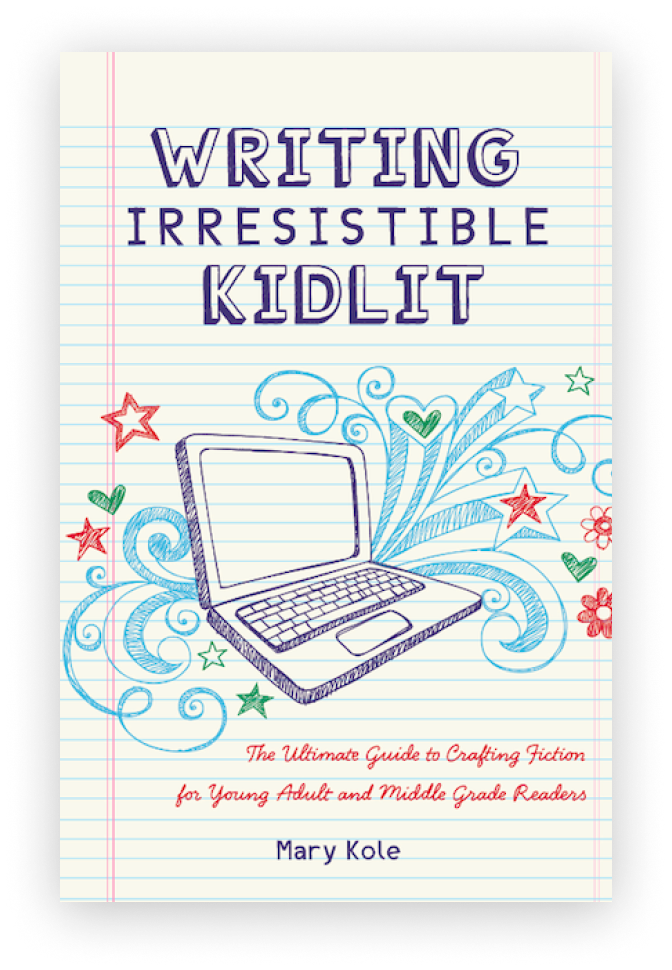Learn All About Copy
Editing Basics
By Mary Kole
Mary Kole is a former literary agent, freelance editor, writing teacher, author of Writing Irresistible Kidlit, and IP developer for major publishers, with over a decade in the publishing industry.
Looking for copy editing basics? Copy editing is an essential part of the writing process. It ensures that a piece of writing is accurate, clear, and correct. Copy editing involves the "five Cs," which strive to make your writing:
clear,
correct,
concise,
comprehensible,
and consistent.
Applying Copy Editing Basics
The copy editing basics above translate to going over each sentence with a critical eye and making sure that your writing voice conveys your meaning without overwriting or error. Copy editing also involves checking the facts and ensuring that the writing conforms to the ethical standards of the publication that it’s intended for. This varies in importance, depending on whether you’re writing articles, fiction, or nonfiction. Creative writing has more wiggle room on style than nonfiction, especially if the latter is commissioned by a newspaper or magazine with its own style guide.
Most publications or pieces intended for publication will adhere to either the AP Guide or the Chicago Style Manual, for starters, so these are great copy editing basics resources to read in preparation of copy editing your work, or someone else’s.
When it comes to copy editing basics, there are some common mistakes to avoid. These include repetitive words, incorrect punctuation for dialogue punctuation, overuse of dialogue tags, and inconsistent manuscript formatting and spacing.
Finally, don’t miss the crucial step of creating a style guide for the work. Even if you are writing a fantasy novel with meticulous and imaginative worldbuilding, you’ll want to make note of all of the spelling and capitalization conventions you’ve invented, as you will need to make them consistent throughout your manuscript at some point during the revision process.
Outsource the Copy Editing Basics
While it’s fine to pass your work through Grammarly, I recommend using a set of human eyes as well, whether they belong to a beta reader or professional copy editor.
Copy editing is an important step in the writing process, and it is best done by a professional. Consider hiring a freelance copy editor until you feel more comfortable addressing copy editing basics on your own. (Even then, it’s always a good idea to have multiple sets of eyes reviewing your manuscript, especially if you plan to submit to literary agents or self-publish.)
By understanding copy editing basics, you can ensure that your work is accurate, clear, and correct before you take the next step of your writing journey. (Of course, you will be copy edited after a book deal, too, but it’s never too soon to start applying copy editing basics to your own work!)

Click here to purchase Writing Irresistible Kidlit, my book on fiction craft for MG and YA novels, out from Writer's Digest Books. This will show you my writing craft philosophy and give you lots of valuable advice, including tips for the novel revision process and self-editing. There are over 35 example novels cited and discussed throughout. It’s a valuable resource for any writer’s toolkit.
Click here to purchase Irresistible Query Letters, my book on query letters, including over forty examples with comprehensive notes on each one. There’s a ton of submission advice, best practices, and insider information in these pages, and you’ll really enjoy seeing what other writers are doing in the slush.
Click here to purchase Writing Interiority: Crafting Irresistible Characters, my book on interiority and character creation. Explore your protagonist’s thoughts, feelings, reactions and interpretations, expectations, and inner struggles to create a rich, immersive experience. This guide will empower you to create characters who live and breathe on the page, fostering an unbreakable bond with your audience.





